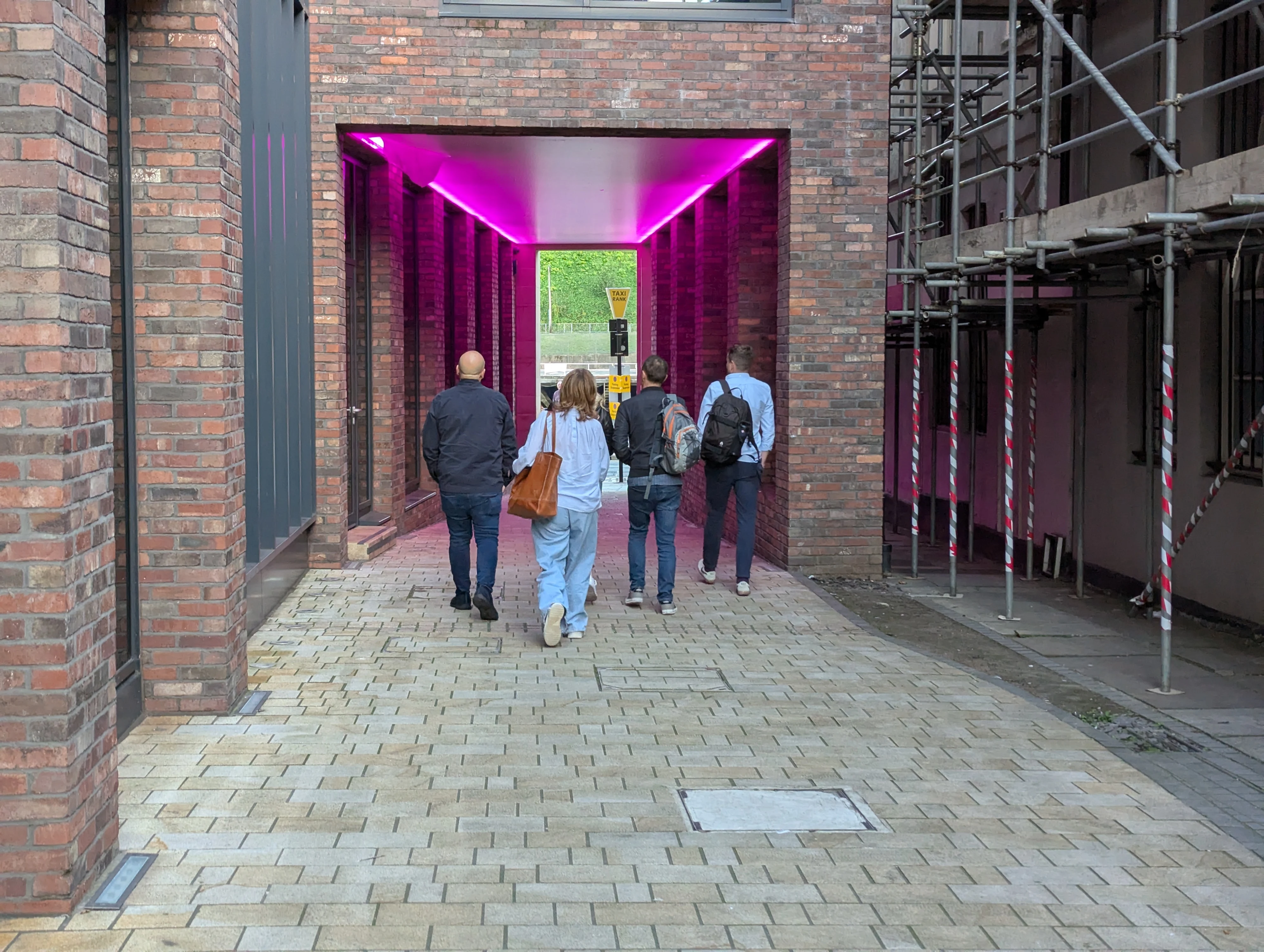In today’s fast-paced world, it’s easy for work to feel like a constant rush from one task to the next. Deadlines, meetings, and endless to-do lists can quickly drain your energy, leaving little room for joy. However, when we take a step back and focus on happiness at work, the entire work experience can be transformed. Happiness at Work Week serves as a reminder that fostering a positive and fulfilling work environment is not just beneficial for employees, but for the organization as a whole.
Whether you’re an employer, a manager, or an employee, this week provides an opportunity to reflect on how we can create a happier, more engaged workplace. After all, happier employees are more productive, creative, and collaborative. Let’s explore why happiness at work matters and how we can cultivate it, both individually and collectively.
Why Happiness at Work Matters
You’ve probably heard the saying, “Happy employees are productive employees.” But what does that really mean? Research consistently shows that happiness at work has tangible benefits not only for the well-being of employees but also for the overall success of an organization.
1. Boosts Productivity
When employees are happy and feel supported, they’re more engaged in their work. This leads to increased focus, efficiency, and motivation. Instead of feeling burnt out or disengaged, happy employees are more likely to contribute their best efforts and take initiative, driving the success of the organization.
2. Improves Mental and Physical Health
Work can be a significant source of stress, which can lead to burnout, anxiety, and other mental health issues. A positive work environment that prioritizes employee well-being can reduce stress and promote mental health. Employees who feel happy at work are less likely to suffer from chronic stress, which in turn can lower absenteeism and healthcare costs.
3. Enhances Creativity and Innovation
Happiness breeds creativity. When employees feel comfortable and supported, they’re more likely to take risks, share new ideas, and contribute innovative solutions. Happy employees are more likely to collaborate, share knowledge, and think outside the box, fostering an environment where creativity can thrive.
4. Reduces Employee Turnover
Employee turnover can be costly for organizations, both in terms of time and resources. When employees are happy and satisfied with their work environment, they are more likely to stay with the company long-term. Creating a culture of happiness at work can significantly reduce turnover rates and increase retention.
5. Strengthens Workplace Relationships
Happiness at work also translates to positive relationships between colleagues. When employees feel valued and respected, they’re more likely to build strong, supportive connections with their coworkers. A harmonious workplace can improve communication, reduce conflicts, and create a sense of community among employees.
How to Cultivate Happiness at Work
While every workplace is unique, there are several key strategies that can help create a more positive and fulfilling work environment for everyone. Here are some practical ways to boost happiness at work:
1. Promote Open Communication
Clear and open communication is essential for a happy and healthy workplace. Encouraging employees to express their thoughts, feedback, and concerns fosters an environment of trust and transparency. Regular check-ins with managers, team meetings, and one-on-one conversations can ensure that employees feel heard and valued.
2. Recognize and Appreciate Employees
A little recognition can go a long way in boosting morale. Taking time to appreciate and acknowledge employees for their hard work—whether through formal awards or casual praise—can make employees feel valued. Public recognition, even in small ways, fosters a sense of pride and motivation.
3. Encourage Work-Life Balance
It’s essential to encourage a healthy balance between work and personal life. Overworking employees can lead to burnout, so offering flexible schedules, the ability to work remotely, or extra time off can help employees recharge and feel more fulfilled. Supporting work-life balance shows that the organization cares about its employees’ well-being beyond the office.
4. Create a Positive Work Environment
The physical work environment plays a huge role in employee happiness. A clean, organized, and comfortable space can improve mood and productivity. Consider adding personal touches to the office, such as plants, art, or areas for relaxation. A positive and welcoming environment helps employees feel more at ease and connected to the workplace.
5. Foster Team Building
Building a sense of camaraderie among coworkers is a key component of happiness at work. Organize team-building activities, whether it's casual lunches, collaborative projects, or fun social events, to help employees bond and connect outside of their regular work tasks. Strong interpersonal relationships can lead to better communication and collaboration.
6. Invest in Professional Development
Supporting employees’ growth and development can lead to higher job satisfaction. Providing opportunities for skill-building, training, and career advancement shows employees that the company is invested in their future. Employees who feel like they’re growing and progressing in their careers are more likely to feel fulfilled and motivated at work.
7. Promote a Positive Company Culture
A healthy company culture is one that values respect, inclusivity, and mutual support. Create a work environment where everyone feels like they belong, regardless of their background or role. When employees feel safe, valued, and part of something bigger, they’re more likely to be happy and engaged.
Personal Tips for Fostering Happiness at Work
While organizations play a huge role in creating a positive work culture, individuals can also take steps to cultivate their own happiness at work. Here are some tips to create a more fulfilling workday:
1. Practice Gratitude
Take a moment each day to reflect on what you're grateful for at work. Whether it's a supportive colleague, an interesting project, or the flexibility to work remotely, focusing on the positives can shift your mindset and increase your overall happiness.
2. Take Breaks
It’s easy to get caught up in the flow of work, but taking short breaks throughout the day is essential for maintaining mental clarity and productivity. Step away from your desk, take a walk, or stretch to refresh your mind and body.
3. Set Boundaries
Don’t be afraid to set boundaries when it comes to workload, communication, and personal time. Setting clear boundaries helps prevent burnout and ensures that you maintain a healthy work-life balance.
4. Engage in Meaningful Work
Find ways to connect your tasks with your personal values and passions. When you feel that your work is meaningful and aligned with your goals, you’re more likely to experience satisfaction and fulfillment.
5. Stay Connected
Build strong relationships with your coworkers by taking time to chat, collaborate, and offer support. Social connections at work can improve your sense of belonging and create a positive, enjoyable atmosphere.
Conclusion: Happiness at Work Is Essential for Success
Happiness at Work Week is an opportunity to reflect on how we can create a more joyful and positive workplace. A happy work environment leads to greater engagement, higher productivity, improved well-being, and stronger relationships among colleagues. Both organizations and employees have a role to play in fostering happiness at work, whether through open communication, recognition, work-life balance, or simply bringing a positive attitude to the office.
Ultimately, a workplace that prioritizes happiness is a place where employees thrive, organizations succeed, and everyone benefits. Let’s take this week as a reminder that creating a happy and fulfilling work environment isn’t just a nice-to-have—it’s essential for long-term success and satisfaction.











